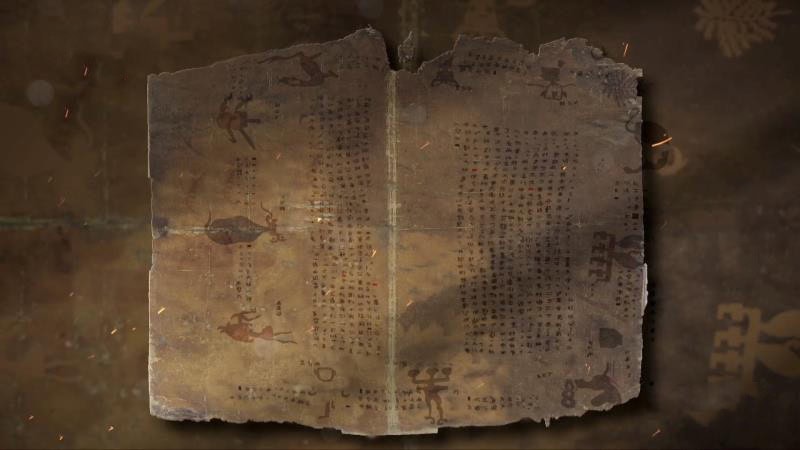In the winter of 1942 in Changsha, Hunan province, a Warring States period tomb was robbed by tomb raiders who stole the silk text, now known as the Chu Silk Manuscripts, along with lacquerware and bronze swords. These texts, dating from around 300 BC, are the only known silk manuscripts from this period in China and contain early creation myths and astronomical knowledge.
Manuscripts have had a complicated history. After their discovery, they were acquired by the merchant Cai Jixiang, who took them to Shanghai in 1946 to take infrared photographs. However, American collector John Hadley Cox took the opportunity to take the manuscripts to the US. Cai, realizing the deception, signed a helpless contract, beginning the nearly 80-year "exile" of this national relic.
Evidence gathered by Professor Li Ling of Peking University confirms that the manuscripts currently stored in Smithsonian National Museum of Asian Art are actually manuscripts from Zidank. Li has reconstructed a complete chain of evidence - including correspondence between Cai and Cox, as well as the original lid of the bamboo box provided in 2024 by Professor Donald Harper of the University of Chicago.
Arthur M. Sackler, an American physician and collector who bought some of the manuscripts in 1966, tried to return them to China in the 1970s and 1980s, but failed due to personal and political obstacles. After his death, the manuscripts ended up in Washington, D.C., where they are being kept as an "anonymous gift" with ongoing research into their origins.
Professor Lothar von Falkenhausen of UCLA said, "Such an important work should not remain outside its country of origin. I hope the silk manuscripts will soon be returned to China."
China has already repatriated hundreds of artifacts through cooperation with the U.S. and based on 1970 UNESCO Convention. In 2009, the two countries even signed a memorandum against the illegal trade in cultural heritage.
The Chu manuscripts are not only an archaeological gem, but also a symbol of Chinese cultural heritage. After eight decades in exile, this national treasure should finally find its way home.



